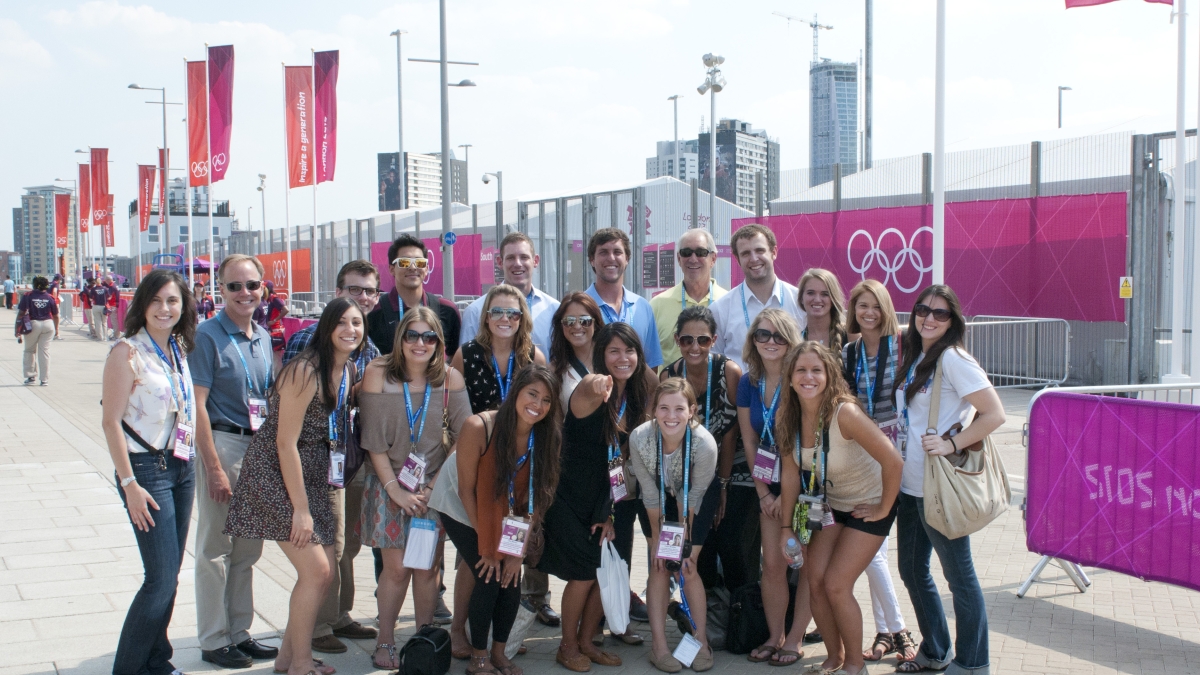ASU journalism students cover 2012 Olympics

Nineteen students from ASU's Walter Cronkite School of Journalism and Mass Communication are in London to cover the 2012 Olympic Games.
Led by assistant dean and news director Mark Lodato and faculty associate Greg Boeck, the 15 undergraduate and four graduate students will spend three weeks in the city providing multimedia coverage of the games for Cronkite News Service and other news organizations, reporting on the athletes, events, fan experience and more.
“It’s a wonderful opportunity for our student journalists, and it also will provide Arizonans with a wealth of coverage they wouldn’t get otherwise,” Lodato said. “We’ll be on the hunt for great stories with strong Arizona connections.”
Lodato is a veteran broadcast journalist with considerable sports reporting experience. Boeck, a longtime USA Today sportswriter, covered nine Olympics during his 17 years with the paper.
The students will produce packages for print, broadcast and online media outlets Friday, July 27, the first day of the games. Lodato said commercial media outlets in Arizona have expressed interest in using content provided by Cronkite students.
“I’m confident you’ll see our students’ work in print, online and on the air in Phoenix, Tucson and across the state,” he said.
The students, who were selected in a competitive process and will receive academic credit for the immersive experience, will live in a University College of London residence hall during their stay. They will receive press credentials from the London Media Centre that will allow them to report from various Olympic sites in and around the city.
“Being able to cover the Olympics is a once-in-a-lifetime opportunity,” said Kristin Couturier, a Cronkite graduate student on the trip. “Not only does it allow us to publish our work on a regional platform, it lets us grow as journalists in ways we can’t in the classroom. I’m looking forward to reporting fan-friendly stories and providing coverage of Arizona athletes.”
The trip is one of three summer study abroad programs the Cronkite School is offering in 2012. In May, a group of students studying international business journalism visited the cities of Beijing and Shanghai in China. Students also traveled to London, Paris and Barcelona in June to study Europe’s changing media landscape.
The Cronkite School, named in honor of the longtime CBS News anchor in 1984, prepares the next generation of journalists in both the time-honored fundamentals embraced by Cronkite and the multimedia skills necessary to thrive as journalists in the digital age. Housed in a $71 million state-of-the-art media complex in downtown Phoenix, the school is the home of the Carnegie-Knight News 21 Initiative, Cronkite News Service, Cronkite NewsWatch and the New Media Innovation Lab.

